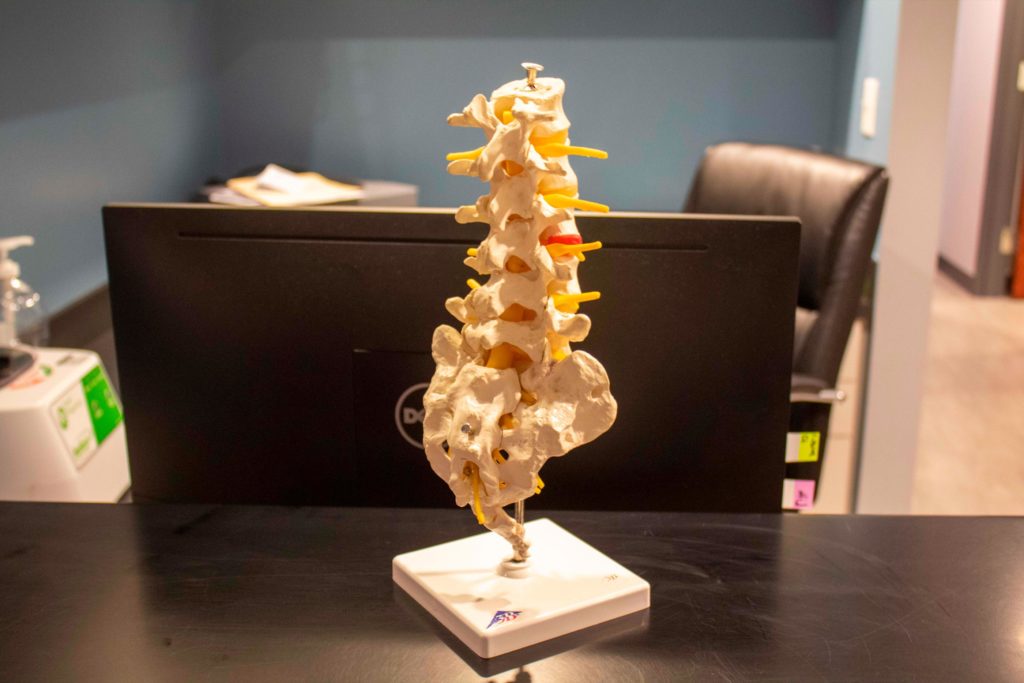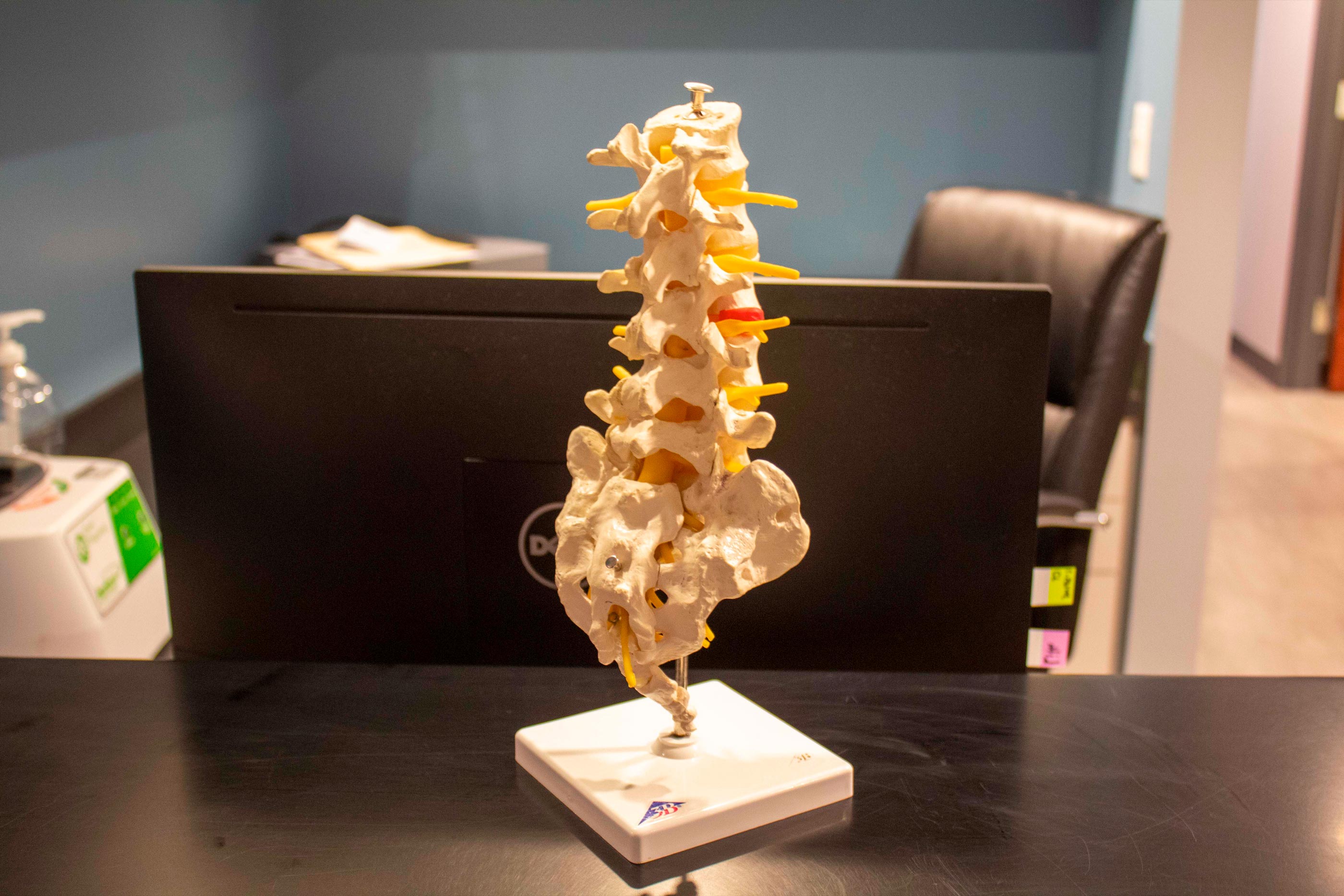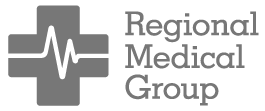
Medical imaging has finally evolved with CT scanners, MRI scanners, and other mammography devices entering a revolutionary period in imaging. Now, healthcare professionals have access to details and angles that were impossible before 3D medical imaging. These technological evolutions give medical professionals an unparalleled understanding of exact issues within the human body with crisper pictures of tissue, blood vessels, and bones.
These improvements are made possible through the evolution of networking, software, and computer power. With recent increases in networking speed, larger data sets can be downloaded and moved faster and easier than ever before. The director of 3D Imaging Service at the Massachusetts General Hospital’s radiology department, Gordon Harris, says that at a speed like this, client servers and cloud hosted models enable cases to be processed for other hospitals and imaging centers.
Here are three types of medical imaging that are pioneering 3D Medical Visualization.
1. Cinematic Rendering
This allows doctors to study and view more complex parts of the body like the heart. It combines 3D CT or 3D MRI scans with volumetric visualization to create accurate and realistic images. This helps doctors navigate surgeries, diagnose illnesses, and plan treatments more effectively.
2. Artificial Intelligence
Imaging has advanced tremendously in the last five years due to the powerful merging of 3D imaging precision with artificial intelligence computational power. This makes medical imaging much more efficient for healthcare professionals. For example, at a faster rate, cardiologists can measure the amount of blood pumped through the heart when it contracts. This saves time that they would have been forced to use sorting through large data sets.
3. 3D Computed Tomography Angiography
When combined with 3D imaging, healthcare professionals have an improved view in pathology and anatomy. Harris is taking charge in 3D CTA at Massachusetts General Hospital. Through a CT technique, a medical professional can view arterial and venous vessels with extraordinary ease.
Harris says, “Where CTA scans may have hundreds of cross-sectional images, our 3D technologists can succinctly summarize a small set of 3D images for the case so radiologists and referring physicians can read it efficiently without having to do all the processing themselves.” This allows radiologists to focus on research, teaching and clinical work.
The medical industry is constantly evolving in several ways, with a few of them mentioned in regards to 3D technology. Healthcare professionals and clients alike are all a part of this change. As Regional Medical Group is focused on providing the best possible treatment to those in need, they are one of the first and only medical providers offering this service to their patients. With this and many other advanced treatment options, they are becoming one of the preeminent standard setters for patient care in Atlanta, Georgia.
About Regional Medical Group
Regional Medical Group (RMG) is a team of highly qualified accident doctors and medical staff who have teamed up with an extensive network of chiropractors that specialize in the treatment and care of patients who have been injured in any form of automobile accident, motorcycle accident, semi-truck accident, Uber auto accident, Lyft auto accident, slip-and-fall, or other work-related accidents. Regional Medical Group helps patients focus on injury treatment without the stress of how to pay for it.
Regional Medical Group is standing by to help with its remarkable network of chiropractors by finding its patients a ‘chiropractor near me’. For more information visit Regional Medical Group online at RegionalMedicalGroup.com or call today.
Regional Medical Group is your one-stop solution for accidental injury care.


